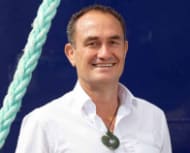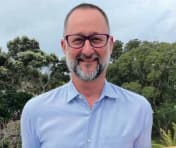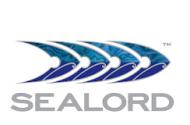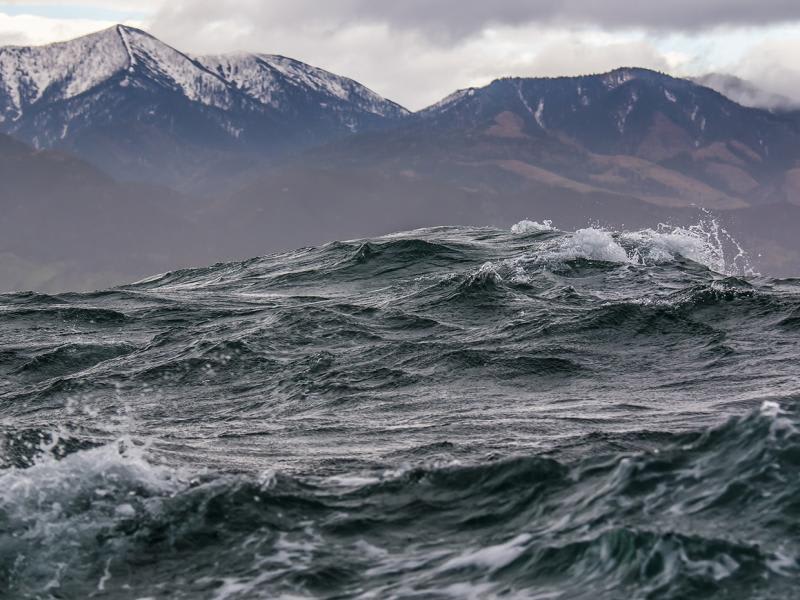New Zealand-based seafood company Sealord has developed a comprehensive framework over three years that has seen the organisation embed sustainability into the heart of its strategy and operations.
As one of the southern hemisphere’s largest fishing operations, it conducts deep-sea fishing and fin-fish aquaculture and exports 90% of its catch to more than 40 countries around the world.
About three years ago, stakeholder and internal engagement elevated climate as a key risk. Today, Sealord invests up to 10% of its profits in sustainability initiatives.
Sealord’s sustainability framework has been overhauled to include the assessment of physical risk, operations, metrics and targets and integrate goals into key performance indicators.
General Manager, Sustainability, Stuart Yorston said the company had developed their strategy and plans over time, as resourcing allowed, but had achieved significant progress across a number of initiatives including carbon reduction, waste diversion and reducing plastic usage. “We’ve made some great inroads,” he said.
“We’ve reduced our carbon footprint by 24%. We’ve reduced plastic by about 8%. We’ve replaced a whole lot of equipment onsite to reduce power through upgrading equipment such as compressors and the hot water system. We’ve just signed a $10m, 10-year investment to develop a carbon offset because the current forecast new vessel propulsion options for fishing vessels is some decades off and then the capital investment required when these are available will be significant with new vessels costing between $50m and $100m. We will have a residual carbon footprint in 2050, so we are building an offset to cover 90% of that residual over the next 20 years. The $10m investment is the first tranche of this program.”
Mr Yorston said as a starting point on developing the sustainability strategy, he spoke with Board directors and the executive leadership team to gain their insights and buy-in for key priority areas. This generated a Board commitment to invest up to 10% of profits into sustainability initiatives.
Based on the key priorities Sealord developed a sustainability strategy with 11 different work streams, including carbon reduction at sea, offsets, carbon reduction on land, infrastructure risk assessments on land and at sea, water use, waste and plastics and approaches to disclosures.
They developed KPIs for each stream, together with milestones and review processes. They mapped their carbon footprint and set science-based targets aligned with the Paris Agreement target to limit global temperature rises to 1.5 degrees Celsius.
They have also mapped commitments to the UN Sustainable Development Goals. However, Mr Yorston says they are holding off on net zero commitments until they are certain they are achievable.
This case study was originally included in the report "From sustainability marketing to sustainability accounting". Click here to view the full report >>








